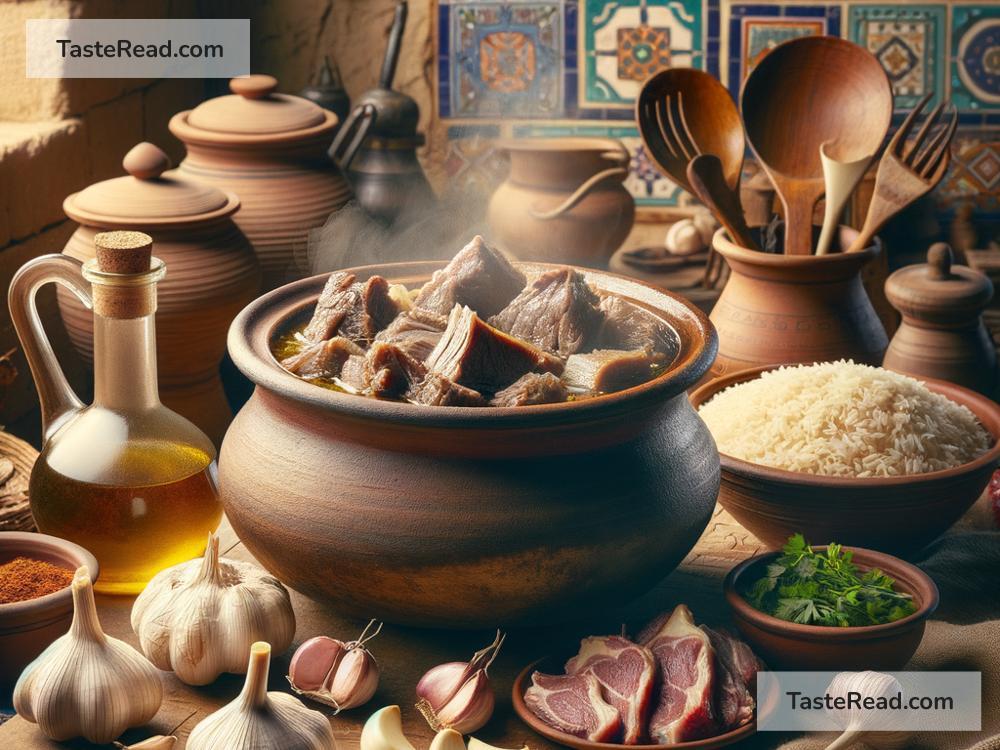Exploring the Story of the Egyptian Fattah: A Culinary Journey
The Egyptian Fattah represents more than just a dish; it’s a story of tradition, culture, and celebration woven into the fabric of Egyptian society. This culinary journey takes us deep into the heart of Egyptian cuisine, exploring the origins, ingredients, and significance of Fattah.
In Egypt, Fattah isn’t simply food; it’s emblematic of joy and festivity. Often prepared for special occasions like weddings, the birth of a child, and the Eid al-Adha religious celebration, Fattah has been a staple at Egyptian tables for centuries. Interestingly, its roots are as ancient as the pyramids, tracing back to Egypt’s pharaonic era. Historians suggest that a version of Fattah was enjoyed by ancient Egyptians, making it one of the oldest dishes known to the nation.
So, what exactly is Fattah? At its core, Fattah is a hearty and comforting dish combining rice, bread, meat, and sauce. But, like any traditional dish, variations exist from one household to another, each adding a personal touch to this beloved classic. The most common version of Egyptian Fattah includes pieces of toasted or stale flatbread, layered with rice and garlic-infused tomato sauce, topped with chunks of tender lamb or beef, and drizzled with a tangy vinegar and garlic sauce.
The preparation of Fattah is a ritual in itself, reflecting the love and care Egyptians put into their cooking. It starts with the bread, which is typically a type of flatbread known as ‘pita’. The bread is cut into pieces and lightly fried or toasted until crisp. Next comes the meat, usually lamb or beef, cooked until it is falling off the bone. The meat is often cooked in a broth that is later used to flavor the rice, bringing a depth of flavor to the dish. The rice is cooked separately and sometimes mixed with ghee or butter for an added richness.
One of the distinguishing features of Fattah is the sauce, or rather, the combination of sauces that are used. The garlic and vinegar sauce is sharp and vibrant, cutting through the richness of the meat and rice, while the tomato sauce adds a sweet and tangy element that ties everything together. It is this layering of flavors and textures that makes Fattah a truly unique and beloved dish.
Beyond its delicious taste, Fattah holds a cultural significance that resonates deeply with Egyptians. It is a symbol of hospitality, generosity, and celebration. Serving Fattah to guests is a sign of respect and affection, a way of sharing joy and blessings with others. This is particularly evident during Eid al-Adha, also known as the Festival of Sacrifice, which commemorates the willingness of Ibrahim (Abraham) to sacrifice his son as an act of obedience to God. During this important Islamic festival, families who can afford to do so will sacrifice an animal, usually a sheep, and distribute the meat among family, friends, and the needy. Fattah is often prepared with the meat from the sacrifice, becoming part of the communal celebration and sharing that defines the festival.
In recent years, Fattah has started to make its way beyond the borders of Egypt, introduced to new audiences through Egyptian expatriates and adventurous food lovers. Yet, despite its growing popularity, Fattah remains true to its roots—a simple yet profound dish that captures the essence of Egyptian culture.
To experience the true spirit of Fattah is to understand its place within the tapestry of Egyptian life. It is more than just a meal; it is a connection to history, a celebration of the present, and a symbol of a generous and hospitable culture. Whether you’re sitting down to a plate of Fattah at a family gathering, a wedding, or during Eid al-Adha, you’re participating in a tradition that has been passed down through generations, a shared experience that transcends time.
For those looking to explore the rich flavors and history of Egyptian cuisine, Fattah offers a perfect starting point. Its complex layers of taste and texture, combined with its deep cultural resonance, make it not just a dish, but an adventure—a journey through the heart of Egypt, one delicious bite at a time.
So, next time you sit down to enjoy a plate of Fattah, remember that you’re not just eating a meal; you’re partaking in a story that stretches back thousands of years, a story of celebration, community, and the enduring power of food to bring people together.


